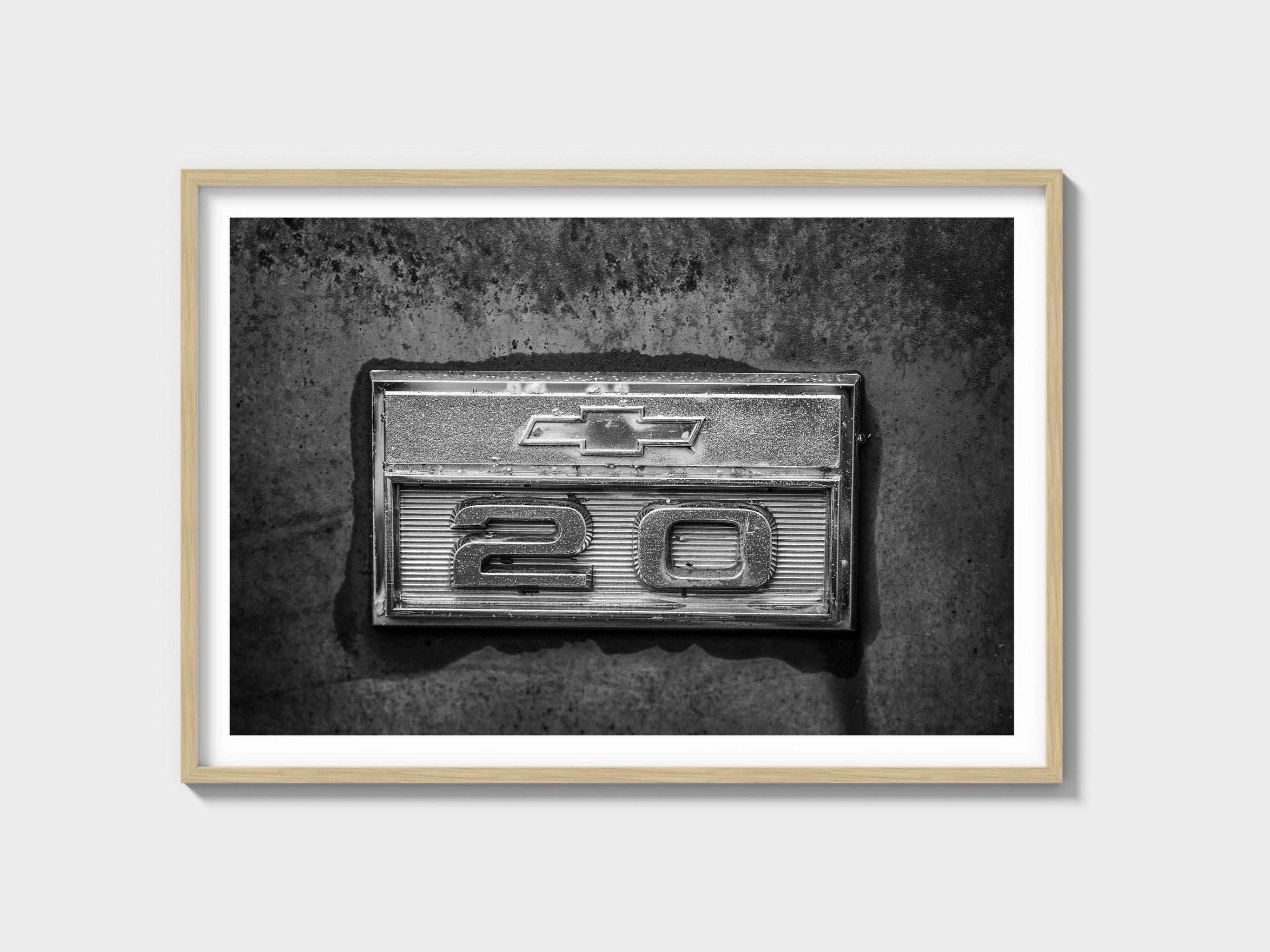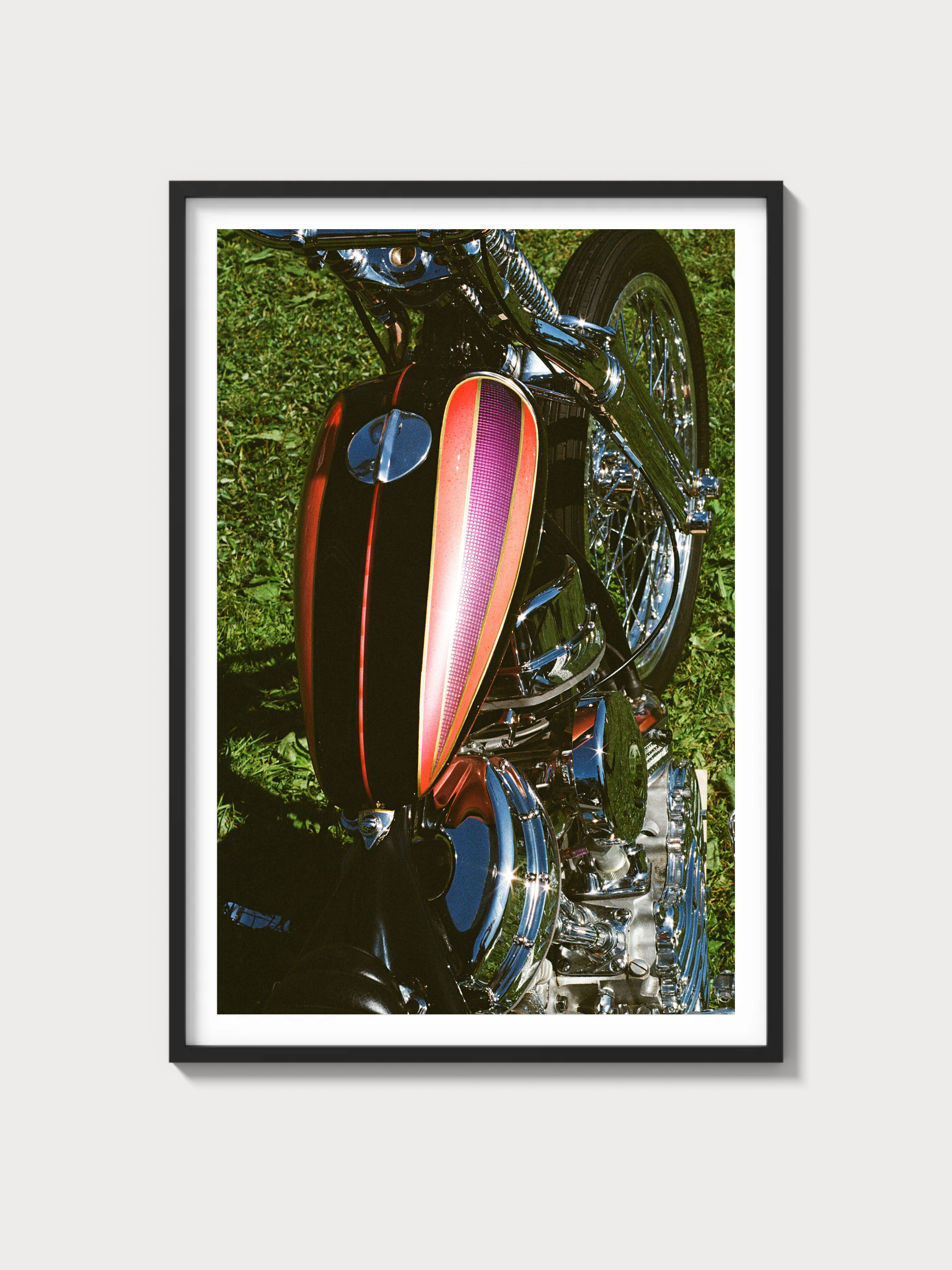1995–1999 Chevrolet Tahoe Base (1st Gen, GMT400) — The Essential Enthusiast’s Guide
Historical context and development background
The Chevrolet Tahoe’s first generation arrived for 1995 on GM’s GMT400 architecture, the same underpinnings that modernized Chevrolet’s full-size pickups. Effectively the successor to the full-size K5 Blazer nameplate, the Tahoe repositioned Chevrolet’s two-row SUV with a cleaner, more contemporary body, improved ergonomics, and a choice of two- or four-door shells. Underneath, it remained pleasingly old-school: a separate ladder frame, a truck-spec live rear axle, and either rear- or four-wheel drive.
Corporate strategy was clear: split the SUV range into the two-row Tahoe and the three-row Suburban, both sharing drivetrains and chassis. Early on, the Tahoe competed with the outgoing Ford Bronco; by 1997, the Ford Expedition became the benchmark rival. The GMC Yukon was its showroom twin, while Toyota’s Land Cruiser 80-Series and Jeep’s Grand Cherokee represented different takes on the formula. Chevrolet also leaned heavily into fleet demand—law enforcement, government, and utility services—cementing the Tahoe as a default choice for American agencies.
Design-wise, the Tahoe adopted the clean aero-influenced shoulder line and flush glazing introduced on the GMT400 pickups. The two-door rode a shorter 111.5-inch wheelbase, favoring breakover angle and agility, while the four-door’s 117.5-inch wheelbase brought better rear-seat access and improved high-speed stability. The cabin integrated the GMT400’s more modern dash with better crash performance, a driver airbag from launch, and a much-improved driving position. From 1996 onward, the range gained OBD-II electronics and the celebrated Vortec 5.7 V8 for a meaningful step up in drivability and output.
Engine and technical specifications
Three powerplants defined the first-gen Tahoe Base. In 1995, the throttle-body-injected 5.7L L05 V8 carried over. For 1996–1999, the L31 Vortec 5.7 arrived with higher-flow cylinder heads, a roller cam, and sequential fuel metering—transformational for torque curve and part-throttle response. An optional 6.5L turbo-diesel V8 served towing and fleet users who valued low-end grunt and long-range economy.
| Engine (code/years) | Configuration | Displacement | Horsepower | Torque | Induction | Redline | Fuel system | Compression | Bore x stroke |
|---|---|---|---|---|---|---|---|---|---|
| 5.7L V8 L05 (1995) | OHV 16‑valve V8 | 5,733 cc | 200 hp @ 4,000 rpm | 310 lb‑ft @ 2,400 rpm | Naturally aspirated | Not factory-specified (tach red zone near ~5,000 rpm) | Throttle-body injection (TBI) | ~9.3:1 | 4.00 in x 3.48 in |
| 5.7L V8 L31 Vortec (1996–1999) | OHV 16‑valve V8 | 5,733 cc | 255 hp @ 4,600 rpm | 330 lb‑ft @ 2,800 rpm | Naturally aspirated | Not factory-specified (tach red zone near ~5,600 rpm) | Sequential CSFI | ~9.4:1 | 4.00 in x 3.48 in |
| 6.5L Turbo Diesel V8 (optional) | OHV 16‑valve V8 | 6,496 cc | ~180 hp @ 3,400 rpm | ~360 lb‑ft @ ~1,800 rpm | Turbocharged | Not factory-specified (low rev ceiling) | Indirect injection diesel | ~21.3:1 | 4.06 in x 3.82 in |
Transmissions: most Tahoes used the 4L60‑E four‑speed automatic. A five‑speed manual (NV3500) was available in select configurations—primarily early, lower‑spec two‑door models—making those survivors particularly interesting to collectors.
Chassis, suspension, and braking
All first-gen Tahoes are body‑on‑frame. Rear-wheel drive (RWD) and four‑wheel drive (4WD) were offered. The rear axle is a solid live unit on leaf springs, while the front is independent: 2WD models use coil springs; 4WD models use torsion bars. Steering is recirculating ball with power assist. Braking is via power front discs and rear drums with four‑wheel ABS on SUVs in this era.
Driving experience and handling dynamics
The Tahoe Base is a study in contrasts: honest truck DNA backed by a surprisingly cohesive road demeanor for its time. The two-door’s 111.5‑inch wheelbase and lower mass make it the eager handler of the pair; it rotates more readily and feels more compact in tight mountain switchbacks. The four-door’s longer 117.5‑inch wheelbase improves straight‑line calm and rear‑seat ride quality at the expense of nimbleness.
The 1996–1999 L31 Vortec is the engine to have if you care about throttle response. Its high‑swirl, fast‑burn heads and roller cam broaden the torque shelf, making part‑throttle cruising and two‑lane passes far more effortless than the 1995 TBI motor. The 4L60‑E shifts cleanly when healthy, and axle ratios (commonly 3.42 or 3.73, with 4.10 available on towing‑focused builds) determine much of the character—shorter gears wake the truck up at the cost of highway rpm. Ride quality is truck‑honest: controlled but busy unladen, settling when you add passengers or cargo. The steering is deliberate on center but tracks faithfully, especially on fresh ball joints and bushings.
Full performance specifications
Real‑world results vary by body style, drive type, axle ratio, and engine. The figures below reflect typical ranges reported in period instrumented testing.
| Metric | 1995 5.7 TBI | 1996–1999 5.7 Vortec | 6.5 Turbo Diesel |
|---|---|---|---|
| 0–60 mph | ~9.8–11.0 s (config‑dependent) | ~8.8–10.0 s (config‑dependent) | ~10.5–12.0 s |
| Quarter‑mile | ~17.3–18.0 s @ ~78–80 mph | ~16.7–17.5 s @ ~80–82 mph | ~17.8–18.5 s |
| Top speed | ~96–99 mph (limited by tires) | ~96–99 mph (limited by tires) | ~90–95 mph (typical) |
| Curb weight | ~4,700–5,300 lb | ~4,700–5,400 lb | Similar to gas equivalents |
| Layout | Front‑engine, RWD or 4WD | Front‑engine, RWD or 4WD | Front‑engine, RWD or 4WD |
| Brakes | Power front disc/rear drum; 4‑wheel ABS | Power front disc/rear drum; 4‑wheel ABS | Power front disc/rear drum; 4‑wheel ABS |
| Suspension | Front independent (coils RWD / torsion 4WD); rear live axle on leafs | Front independent (coils RWD / torsion 4WD); rear live axle on leafs | Front independent (coils RWD / torsion 4WD); rear live axle on leafs |
| Gearbox | 4L60‑E 4‑sp auto; rare NV3500 5‑sp manual | 4L60‑E 4‑sp auto; rare NV3500 5‑sp manual | 4L60‑E 4‑sp auto |
Variant breakdown and trims
The Tahoe Base sits beneath LS and LT trims but shares the same mechanical core. Body styles included a two‑door (short wheelbase) and a four‑door (longer wheelbase), each in 2WD and 4WD form. Notable packages included the Z71 off‑road group and fleet‑spec police/special‑service builds.
| Trim / Package | Body styles | Drivetrain | Key differences | Approx. production |
|---|---|---|---|---|
| Base | 2‑door, 4‑door | RWD or 4WD | Cloth/vinyl upholstery, steel wheels/alloys by market, basic audio, manual or power convenience features depending on options | Not publicly broken out by GM |
| LS | 2‑door, 4‑door | RWD or 4WD | Upgraded interior trims, power features, alloy wheels, additional sound insulation | Not publicly broken out by GM |
| LT | 4‑door (most common) | RWD or 4WD | Leather seating on many, premium audio, distinctive badging/trim | Not publicly broken out by GM |
| Z71 Off‑Road Package | 2‑door and 4‑door (select years) | 4WD | Off‑road suspension calibration, skid plates, decals, unique wheels/tires | Not publicly broken out by GM |
| Police (PPV 9C1) / Special Service (SSV) | Primarily 4‑door | PPV often 2WD; SSV 4WD | Heavy‑duty cooling/electrical, certified speedometer, upfit wiring, pursuit‑rated tires (PPV), decontented trim | Fleet figures not publicly broken out |
Market split: the four‑door dominated retail and fleet sales, while the two‑door—especially with manual transmission—survives today as the connoisseur’s pick due to rarity and cleaner proportions.
Ownership notes: maintenance, restoration, and parts
- Fuel and induction: the 1996–1999 L31’s CSFI “poppet” injectors can stick with age or fuel varnish; GM released retrofit kits to convert to true multi‑port to improve reliability and spray consistency.
- Intake manifold gaskets: a known aging point on L31s; look for external coolant weep and rough cold starts. High‑quality gasket materials and careful torque sequences solve the issue.
- 4L60‑E transmission: watch for delayed 1–2 shifts, slipping in 3–4, or a weak reverse. Heat is the enemy—fresh fluid, functional coolers, and correct TV adaption (where applicable) are essential.
- Front-end wear: idler/pitman arms, ball joints, and control‑arm bushings work hard on heavy tires. Worn parts induce wander and shimmy; the truck transforms with a full front‑end refresh and alignment.
- ABS and brakes: wheel‑speed sensor corrosion and aging rear drums can degrade performance. Proper sensor cleaning and quality shoes/drums/adjustment restore confidence.
- Electrical/fuel pump: in‑tank pumps are consumables on high‑milers; voltage drop across aging harnesses accelerates wear. Verify clean grounds and healthy battery/alternator output.
- Body and trim: door hinge pins/sag and tailgate/glass latch wear are common; rust watch points include rocker panels, lower doors, rear quarter lips, and frame kick‑ups in salt regions.
- Service intervals: adhere to the factory severe‑service schedule if towing or operating in hot/cold extremes. Regular oil changes, cooling‑system maintenance, diff and transfer‑case services pay dividends.
- Parts availability: excellent interchange with GMT400 pickups keeps mechanical and trim parts accessible through OEM and high‑quality aftermarket channels.
Cultural relevance and collector perspective
Few SUVs have matched the Tahoe’s fleet footprint—police liveries, park services, and emergency fleets made it a ubiquitous 1990s American scene. Pop culture visibility followed: the squared‑shoulder stance became a visual shorthand for officialdom and authority. Among enthusiasts, the two‑door—especially L31 Vortec/4WD examples—has gained traction thanks to its tidy proportions, robust driveline, and modification potential.
Collector desirability tracks configuration and condition. Manual‑transmission two‑doors, clean Z71s, and unmolested Base or LS trucks with original paint and documentation sit at the top of the tree. Auction results have shown a clear premium for low‑mile two‑doors in exceptional order, while driver‑quality four‑doors remain accessible; originality and rust‑free chassis condition drive the biggest swings.
Frequently asked questions
Is the 1996–1999 Vortec 5.7 significantly stronger than the 1995 TBI?
Yes. The L31 Vortec’s 255 hp/330 lb‑ft, improved cylinder heads, and sequential fuel delivery give a notable real‑world gain in midrange torque and response versus the 200 hp TBI L05.
Which first‑gen Tahoe is quickest?
Typically a two‑door, 2WD or 4WD with the L31 Vortec and shorter axle ratios. Period tests placed 0–60 mph in the high‑8 to low‑9‑second bracket for the lighter configurations.
Did Chevrolet offer a manual transmission?
Yes. A five‑speed manual (NV3500) was available in select two‑door Tahoe configurations, though it’s rare compared with the ubiquitous 4L60‑E automatic.
What are the common problems to check before buying?
On gasoline trucks: L31 intake manifold gaskets, CSFI poppet injectors, 4L60‑E clutch wear, front‑end steering components, and fuel pumps. On all: ABS wheel sensors, rear drum condition, and frame/cab rust in salted regions.
How capable is the Tahoe Base off‑road?
With 4WD, low range, a stout frame, and decent clearance, it’s very capable for its era. Z71‑equipped trucks add skid plates and suspension tuning that help on rutted trails.
What’s the electronically limited top speed?
Most gasoline Tahoes of this generation are limited to roughly 96–99 mph, governed primarily by tire ratings and safety considerations.
What about towing?
Tow ratings varied by engine, axle ratio, and cooling packages. Properly equipped L31 trucks were popular tow rigs; verify the specific truck’s RPO codes and hitch/cooling equipment for accurate capacity.
Are parts still easy to find?
Yes. Shared GMT400 components keep mechanical, electrical, and trim parts widely available through OEM and aftermarket suppliers.

















































